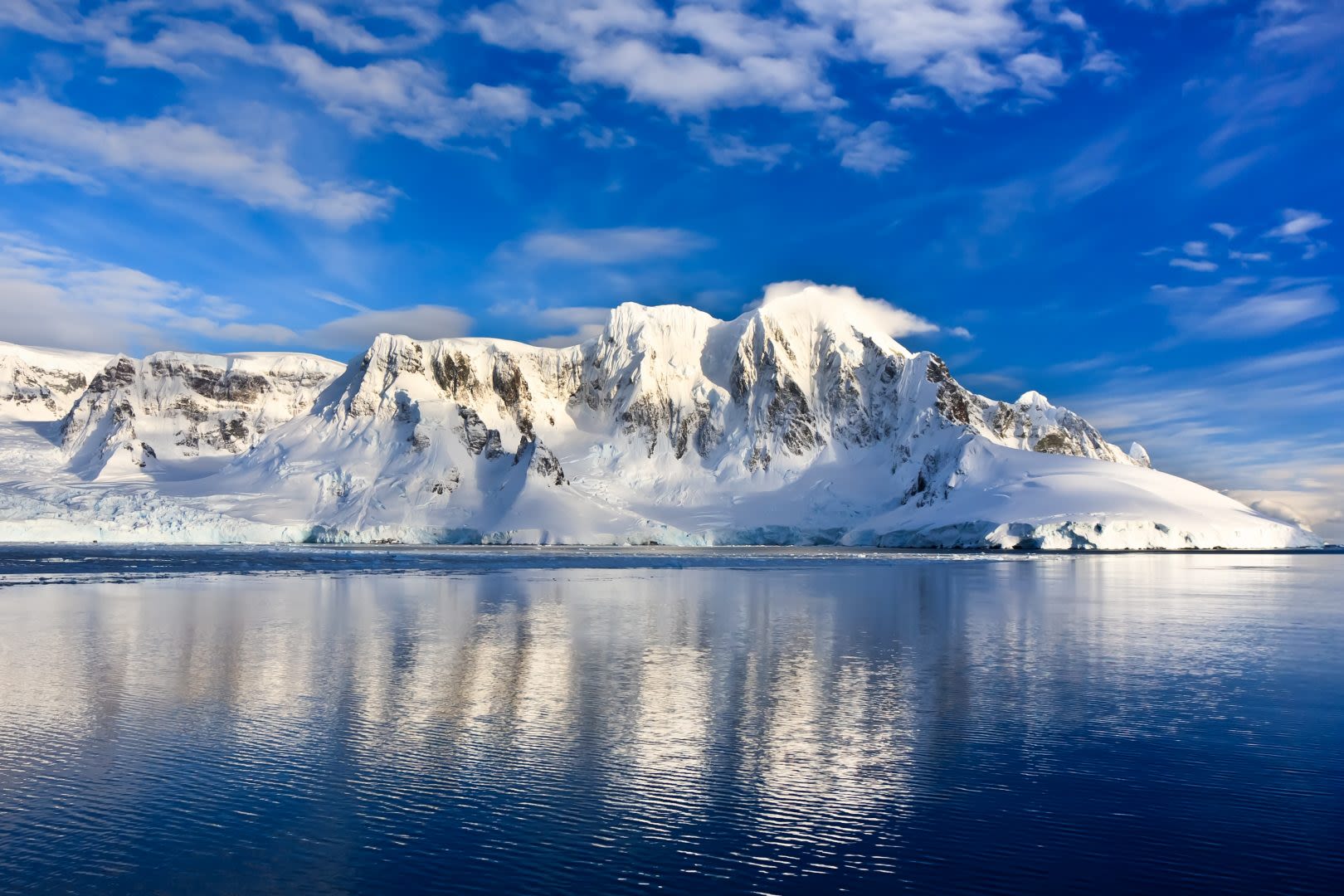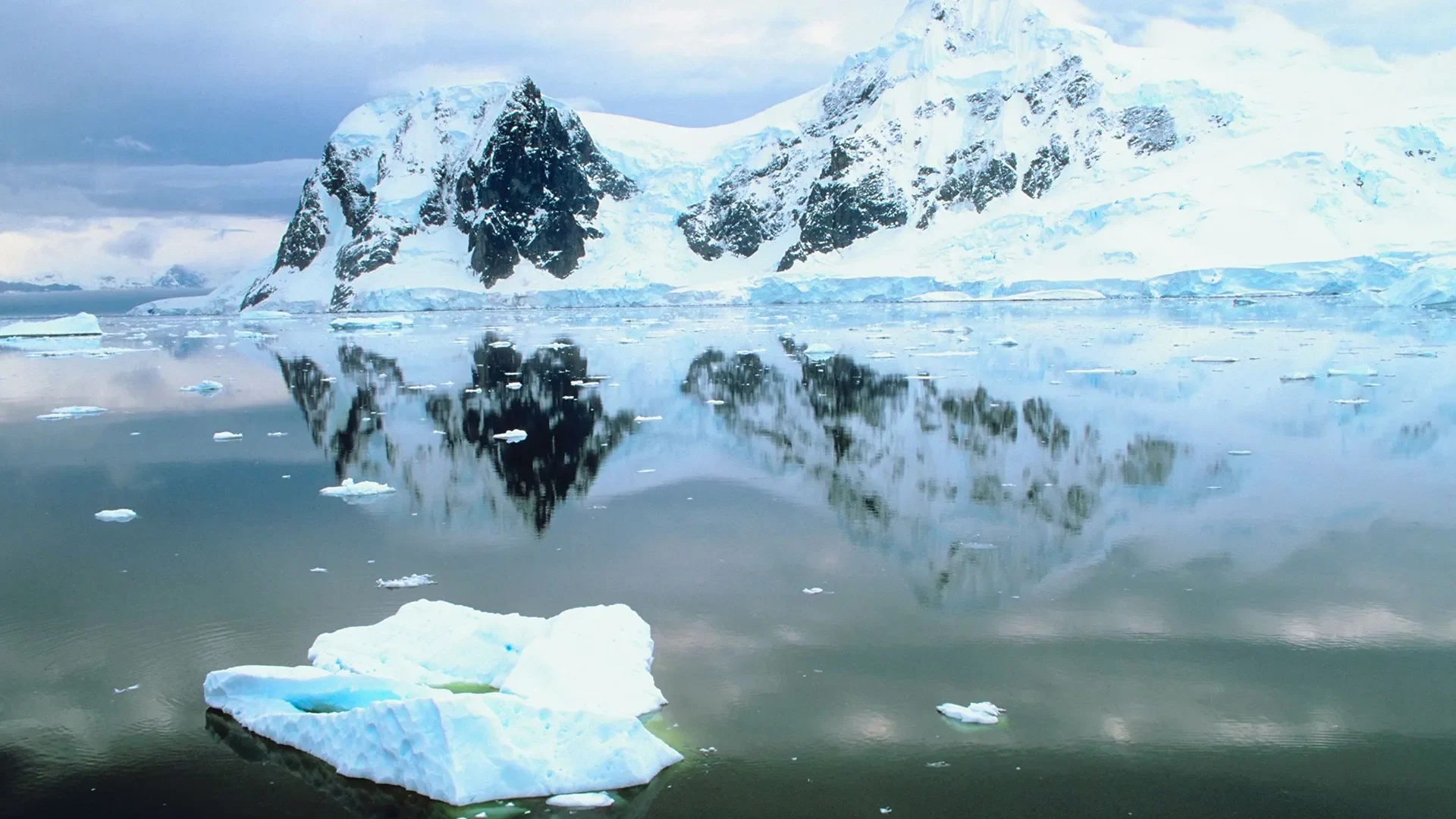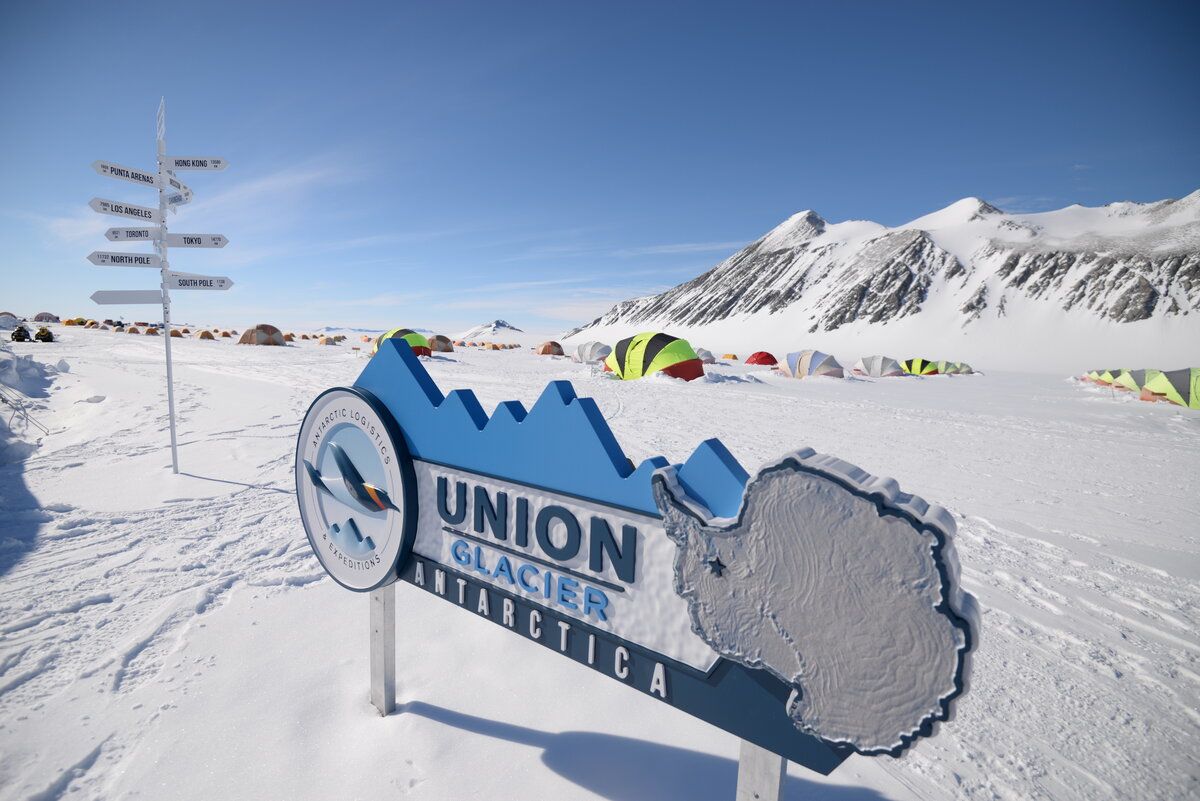Setting the Stage: Why Antarctica Matters
Antarctica holds around 70% of the world’s freshwater in its vast ice sheets and plays a crucial role in regulating global climate, ocean circulation, and sea levels. Its reflective surface helps cool the planet, while the Southern Ocean surrounding it drives weather patterns that affect every continent.
Despite its isolation, Antarctica’s ecosystems are remarkably rich. From microscopic plankton to krill, seabirds, and whales, its marine life forms one of the most productive food webs on Earth. Yet, this delicate balance faces growing pressure as global temperatures rise, ice melts at accelerating rates, and human activity in the Southern Ocean increases.
Protecting Antarctica is not just about preserving a pristine wilderness — it is about maintaining the stability and health of the entire planet.
The Antarctic Treaty: A Promise Worth Sustaining
Signed in 1959 and entering into force in 1961, the Antarctic Treaty established the continent as a region devoted to peace, scientific research, and environmental protection.
Later strengthened by the 1991 Protocol on Environmental Protection, also known as the Madrid Protocol, the treaty designates Antarctica as a “natural reserve, devoted to peace and science” and ensures that the protection of its ecosystems remains central to all human activity in the region.
As human presence and research in Antarctica evolve, strong international cooperation and global awareness remain essential to ensure these protections endure well beyond 2041 — when the treaty’s environmental commitments come up for potential review.
The Ice Station Expedition
The Ice Station Expedition is part of this ongoing mission. Taking place in December 2025, the journey will bring participants to Union Glacier Camp, a scientific base and logistics hub deep within Antarctica.
Led by legendary polar explorar Robert Swan and supported by the 2041 Foundation, Mercuria, Silvania and the Villars Institute, the expedition brings together expertise, education, and exploration.
Joining the mission are two Villars Fellows and one teacher from the Villars Learning Partners network — young changemakers and educators committed to making this journey count.
Mission Objectives:
The mission aims to build global awareness and public support for preserving Antarctica as an untouched wilderness, vital to Earth’s systems and future generations. It also seeks to recognize Antarctica as a symbol of peace, science, and international cooperation, ensuring that the Antarctic Treaty continues to protect it beyond 2041.
Over the course of two weeks, the team will:
- Connect live with classrooms around the world, sharing reflections and lessons from the field to inspire students and raise awareness of Antarctica’s importance.
- Test cutting-edge renewable energy and storage systems that keep power flowing when the wind and sun don’t, so there is no longer any financial incentive to exploit Antarctica for fossil fuels.
- Collaborate on scientific activities, contributing to ongoing research that helps us better understand Antarctica’s ecosystems and climate systems.
- Document their experiences through storytelling, using photos, videos, and reflections to amplify why Antarctica’s protection matters for the planet.
Together, these efforts advance a shared purpose: to safeguard the last great wilderness, uphold Antarctica as a symbol of peace, science, and international cooperation, and ensure its protection beyond 2041.
Learn More
The Ice Station Expedition embodies a shared vision — one that unites science, education, and action. Follow #IceStationExpedition and #2041Beyond on social media for mission updates from the ice.
For detailed information, please review the FAQ.





